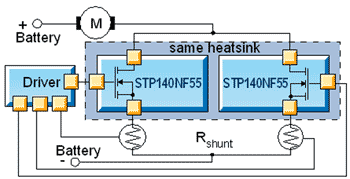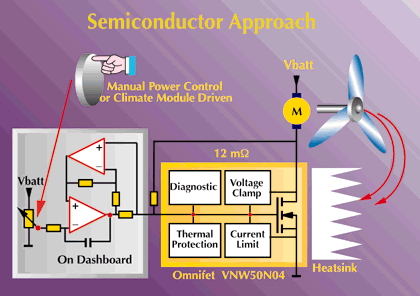Actually I watched the auctions on eBay regularly for
awhile and sometimes there are what looked to be some decent bargains , although to me that isn't one of them .
It's like " where's the beef "
 What is the price for a
What is the price for a40 A unit ? Maybe send a copy of my file to Mastech
and ask 'em what they want for a 50 A unit . They really ought to love that .








